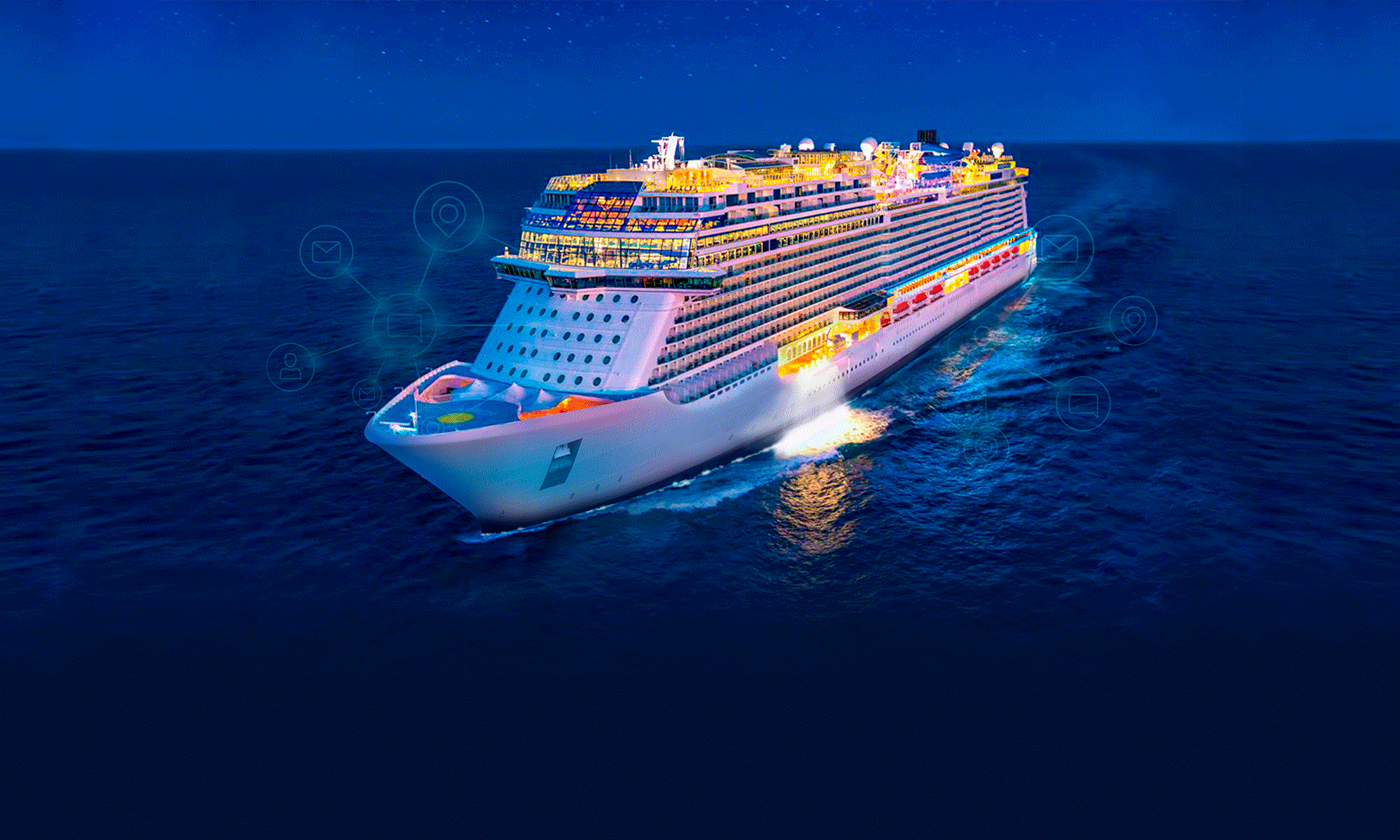China’s burgeoning cruise ship market is no secret—huge cruise companies such as Carnival Cruises, Royal Caribbean International, and other cruise lines have spent the last ten years trying to break into The Red Dragon’s market. Those efforts paid off big time, with passenger loads quickly increasing until the coronavirus pandemic swept the globe, halting the business. However, it has also leveled the playing field—the US cruise ship market declined from 13 billion US dollars to around one billion from 2019 to 2021.
Furthermore, In the wake of the coronavirus pandemic, the United States’ GDP declined by 2.3% in 2020, while China’s expanded by almost exactly the same amount. And according to experts, the disparity indicates China will overtake the United States as the world’s largest economy a few years sooner than expected. Considering China’s general economic strength and its thriving cruise ship development, it makes a heady cocktail that could challenge other global superpowers in the sector.
With the development of the world’s longest high-speed railway network and a home-built jumbo aircraft, China has made great strides in transport development. The government is now looking at huge cruise ships as the next step in its high-end manufacturing plans. Let’s examine how they plan to do this and what it means for the rest of the world.
State-of-the-art voyages
In October last year, the state-owned China Merchants Group sent out a 930-passenger ship on a unique voyage—it was the first-ever five-star luxury ship dedicated solely to the Chinese market. This marked a clear statement of intent to harness the public’s growing interest in cruise ship travel.
Despite intermittent lockdowns, the government also opened up inland waterways for cruises throughout the pandemic. Cruises in the Yangtze River have proved popular among national tourists with no option for international travel. In the first half of 2021, just over 2000 cruises went down the river, and with ticket prices surging to match the demand, they have been a very successful venture.
Emerging technologies
As a result of the successful deployment of multiple cruises along the Yangtze River, a 100-meter-long, electric cruise ship was launched along the same river earlier this year. The cruise ship, dubbed “Yangtze River Three Gorges 1”, can haul 1,300 passengers and is entirely powered by 7.500 kWh of batteries—the equivalent of roughly 100 electronic vehicles. The manufacturers claim it is the first ship of its kind because it is charged using hydropower from the Three Gorges Dam, meaning it is supposedly the first truly “zero-emissions” cruise ship in the world.
From the initial voyage, the range was relatively short—only around 100km. So clearly, there is a long way to go before we can see electric cruises taking many passengers on international vacations. However, the 100km accounts for just the equivalent of 530 tons of fuel which would amount to 1,660 fewer tons of emissions each year.
China’s top-level government’s dedication to developing new and innovative cruise ships has allowed state-owned enterprises to make huge strides. With investments from some of the biggest players in the industry (Carnival and Royal Caribbean) and a growing economy, China can expect to maintain its challenge to the US in the cruise industry in the coming years.
For more analysis of current cruise ship trends, check our other netTALK Maritime blogs!
